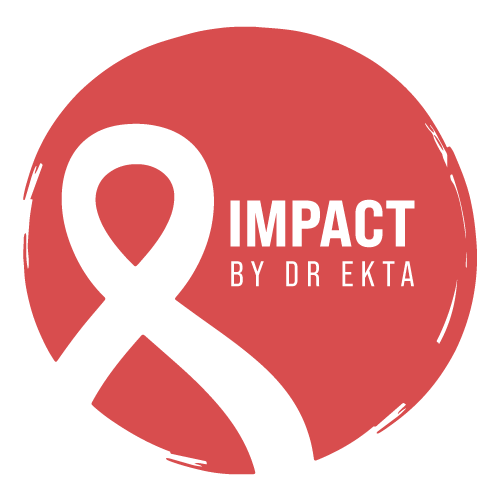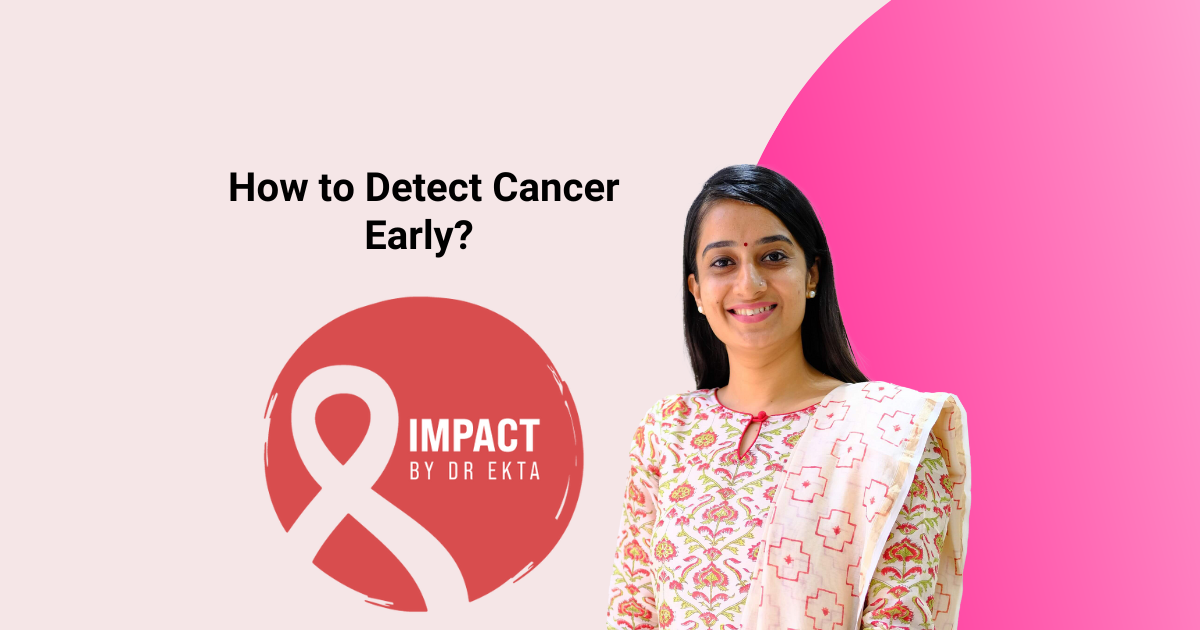Early detection of cancer can significantly increase the chances of successful treatment and survival. Understanding how to detect cancer early can empower individuals to take proactive steps toward their health. While not all cancers show clear symptoms in the beginning, regular screenings, awareness of warning signs, and lifestyle vigilance can make a life-saving difference.
In this guide, we’ll explore the methods used for early detection of cancer, warning signs to look out for, and the importance of regular screenings.
Why Early Detection Matters
Catching cancer at an early stage often means:
- The tumor is smaller and has not spread
- Treatment can be less aggressive and more effective
- Higher survival rates
- Lower medical costs and shorter recovery periods
According to the National Cancer Institute, many cancers that are caught early such as breast, cervical, colorectal, and skin cancers have significantly better outcomes.
Common Early Warning Signs of Cancer
Being aware of common symptoms can help in identifying potential issues early. Though these signs can also be related to other health conditions, it’s important to get them checked by a healthcare provider.
Symptoms to watch for include:
- Unexplained weight loss
- Persistent fatigue
- Lumps or swelling in any part of the body
- Changes in the skin, including moles or new growths
- Persistent cough or hoarseness
- Difficulty swallowing
- Changes in bowel or bladder habits
- Unusual bleeding or discharge
- Non-healing sores or ulcers
Regular Screenings Save Lives
Routine cancer screenings are essential tools for early diagnosis, even before symptoms appear.
Recommended cancer screenings:
- Breast cancer: Mammograms for women starting between ages 40-50
- Cervical cancer: Pap smear and HPV test starting at age 21
- Colorectal cancer: Colonoscopy starting at age 45
- Prostate cancer: PSA blood test for men starting at age 50 (or earlier if at risk)
- Lung cancer: Low-dose CT scan for high-risk individuals (e.g., heavy smokers over 50)
- Skin cancer: Annual skin checks for those with high sun exposure or family history
Family History and Genetic Risk Factors
Understanding your family history can provide clues about your cancer risk. Certain cancers—like breast, ovarian, and colorectal, may run in families due to inherited gene mutations.
Steps to assess genetic risk:
- Talk to relatives about history of cancer diagnoses
- Discuss findings with your doctor
- Consider genetic counseling or testing
Knowing your risk can help your doctor recommend earlier or more frequent screenings.
Lifestyle Choices That Help With Early Detection
While lifestyle itself doesn’t “detect” cancer, adopting healthy habits often leads to more regular checkups and body awareness.
Proactive habits include:
- Scheduling annual physical exams
- Performing self-examinations (e.g., breast, testicular)
- Keeping a health journal to note unusual symptoms
- Eating a nutritious diet rich in antioxidants
- Avoiding tobacco and limiting alcohol
- Getting regular exercise
These behaviors increase the likelihood of noticing changes and consulting a doctor promptly.
Imaging and Diagnostic Tools Used for Early Detection
Medical imaging and lab tests are used when symptoms arise or during routine checks to detect abnormal growths.
Common diagnostic methods:
- Ultrasound: Detects lumps or organ abnormalities
- X-rays and CT scans: Provide detailed images of bones and soft tissues
- MRI: Offers clear views of soft tissue structures, such as the brain or spine
- Endoscopy: Allows doctors to view the inside of the body
- Biopsy: Confirms whether a suspicious growth is cancerous
What to Do If You Notice a Symptom
Many people delay seeking care due to fear or uncertainty. But addressing symptoms early is crucial.
Steps to take:
- Don’t ignore persistent or unusual symptoms
- Write down your concerns before visiting a doctor
- Request appropriate tests if something feels off
- Get a second opinion if needed
Early evaluation can lead to prompt diagnosis, easing anxiety and improving outcomes.
Barriers to Early Cancer Detection
Despite the importance of early detection, some barriers exist:
- Lack of awareness
- Fear of diagnosis
- Financial constraints
- Limited access to healthcare
- Cultural stigma or misinformation
To overcome these, public education, accessible screening programs, and supportive environments are essential.
When to Talk to a Doctor
If you are unsure whether a symptom is serious, it’s better to err on the side of caution.
Talk to your doctor if you experience:
- Symptoms lasting more than two weeks
- A family history of cancer and are unsure about your risks
- Any visible or felt abnormal changes in your body
A quick check-up can rule out major concerns or lead to life-saving care.
Final Thoughts: Awareness is the First Step to Protection
Understanding how to detect cancer early is one of the most powerful tools in fighting the disease. Regular screenings, knowledge of risk factors, and attentiveness to your body are key. Consult your healthcare provider about a personalized cancer screening plan suited to your age, gender, and family history.
For more detailed resources or to schedule a consultation, visit your oncologist or call 8866843843
References:

